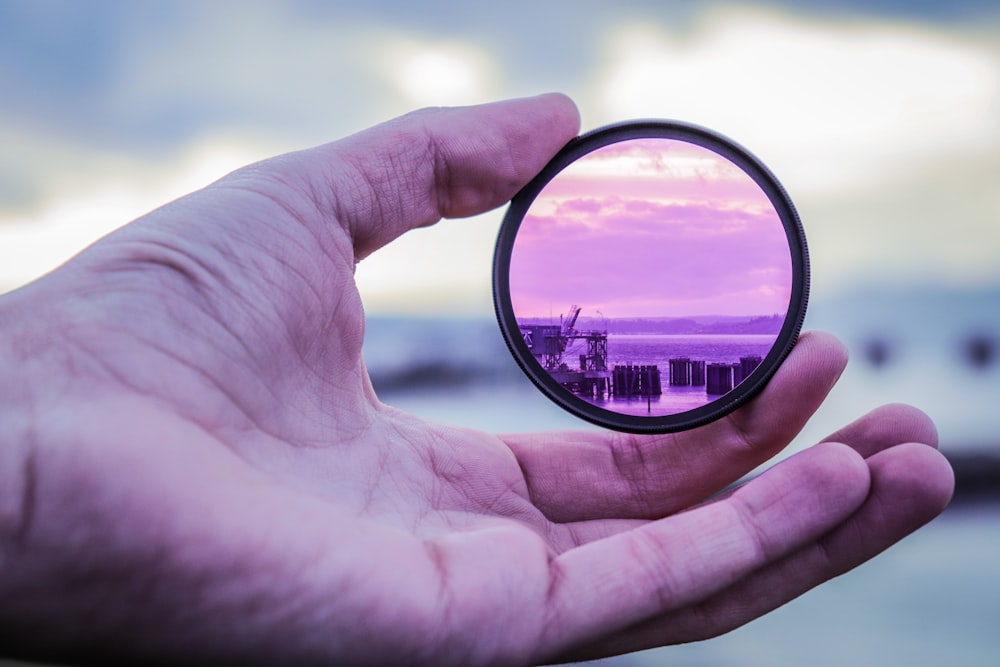A year back, I had the opportunity to record a small concert held at home. I had read up on the basics of recording for a couple of weeks and had arranged all the necessary equipment – the hardware components i.e. a microphone, a pop filter, a stand, a computer and software. Post recording, the track needed to be cleaned up and edited. Given my zero experience here, I had to take help from a close family friend who is a a music lover, music connoisseur and one with a rich experience of creating production quality tracks.

Our session began with reminiscing the day of the concert, the songs that were sung and reliving the parts that moved us the most during the performance. My friend then walked me through the software explaining the key elements that are the most frequently used in cleaning and producing quality tracks. He then started explaining the nuances of music and how it was important to tune software settings with a view to retain the subtleties of the music artist as expressed on the day of the concert. Many a times, well known and perhaps populist settings are used but such standardization typically results in loss of specific signatures, typical to the music artist. For example, in music tracks available on popular online platforms, the mid-range frequencies are typically retained and enhanced but those at a slightly higher range are attenuated. This results in pleasant sounding music but some of the authenticity of the piece is lost and it fails to highlight the dimensions at which an individual artist excels. A worst case scenario could be where music from diverse artists seems uniformly similar, their unique quirks, pitches all ironed out in favor of clinical pleasantness.

This reminded me of my colleague who is a passionate wildlife photographer, adept at his art and who has won many national and international accolades for the same. One time, we were on a flight to New Delhi, en-route to Keoladeo National Park in Rajasthan, India where we were to spend a week photographing bird life. I remember him explaining to me how a photograph was a record of the state of mind of the photographer when that photograph was shot. He believed that what made a photograph great was the transmission of this state of mind to the viewer, thus building a bridge between the viewer and the photographer. He said that he uses custom photo-publishing tools to hone his photographs rather than rely on how filters on popular social media platforms render the picture, not to mention the significant compression that suppresses nuances of shadows and light in the photograph.

Hearing through my story on photography, the music connoisseur then narrated an incident in Kolkata, India when he stopped at a Cobbler’s to get his shoes polished. The Cobbler gave a matter of fact look at the shoes and said that there wouldn’t be any use of polishing them as they were not made of a good quality leather. The Cobbler then offered a cup of tea to my friend and asked him to sit along. Shortly, another customer dressed in a uniform came along and asked for his shoes to be polished. The Cobbler obliged and then proceeded to wax eloquent on the art of ascertaining the quality of leather. He then explained to my friend on how he worked to bring out and enhance the subtle grains in the leather of the shoes via his polishing. The connoisseur Cobbler didn’t believe in applying the same universal polish to whatever shoes came along. He had his own custom set of different polishes, cleaning the shoes was undertaken every time, the grooves along the stitching in the shoes was handled with care and the various steps taken to polish the shoes was different based on the quality of the shoes that came to him. It was as if each shoe has it’s own character and the Cobbler worked to bring out this individual character in each shoe that he worked on – master class.
What I came away with all these narratives by connoisseurs of their respective art is that while there is nothing abjectly wrong with clinical pleasantness, yet it is only when we cross the threshold of clinical pleasantness that we can bask in the beauty of subtlety. That allows us to forge a deeper understanding of the art and further, the human behind the artist.
It would be great to hear from you about your own connoisseur experience and I would welcome your connect on my Twitter handle @youplusai.